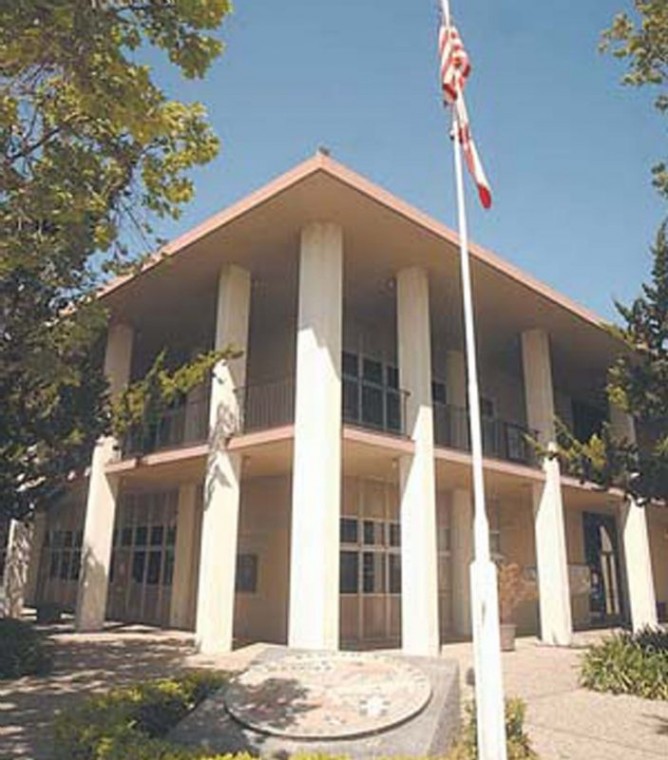Hollister officials intend to divert about $1.2 million to the
general fund
– which primarily funds personnel costs – generated from the
Redevelopment Agency’s sale of the old Fremont School for the new
courthouse.
Hollister officials intend to divert about $1.2 million to the general fund – which primarily funds personnel costs – generated from the Redevelopment Agency’s sale of the old Fremont School for the new courthouse.
City Manager Clint Quilter updated council members on the plan at a special meeting this week. The move would temporarily replenish an ailing general fund reserve that has dwindled – from around $15 million in 2002 to a near zero balance by the end of this fiscal year – due to continued, structural deficits.
Quilter pointed out officials’ intention while also announcing five of six city employee groups had informally accepted 5 percent pay cuts.
The city sold the old Fremont School site along Fourth Street for $1.37 million. It will be the home of San Benito County’s new courthouse, with the project fully funded by the state. The total cost is estimated at $36.2 million, while construction is expected to begin in February 2011.
City leaders had been unclear about potential legal concerns when the idea cropped up two months ago to transfer the RDA funds to the general fund, because cities with such districts are required by state law to allocate those funds toward economic development and affordable housing.
Quilter explained how officials devised a formula theoretically based on potential sales tax revenue that the location – previously planned as a civic center site – could have gained if someone developed it as a viable commercial property.
He noted how the location is zoned for commercial use and said the city “took a look at a commercial project with 40 percent lot coverage” and figured an appraised value into the equation.
“We made some assumptions on how much per-square-foot retail revenue would be generated,” Quilter said.
From there, city officials came up with a split of 87 percent of the sale going to the general fund and 13 percent staying with the RDA. He said it is based on the percentage of revenue the city’s general fund would gain from sales tax, 87 percent, versus what the RDA would gain from property taxes, the 13 percent figure.
Though city officials appear ready to move ahead with the plan, Quilter acknowledged there is “always a concern” with the legality of such a move, but said Hollister leaders “think it’s rational.”
For the full story, see the Pinnacle on Friday.









